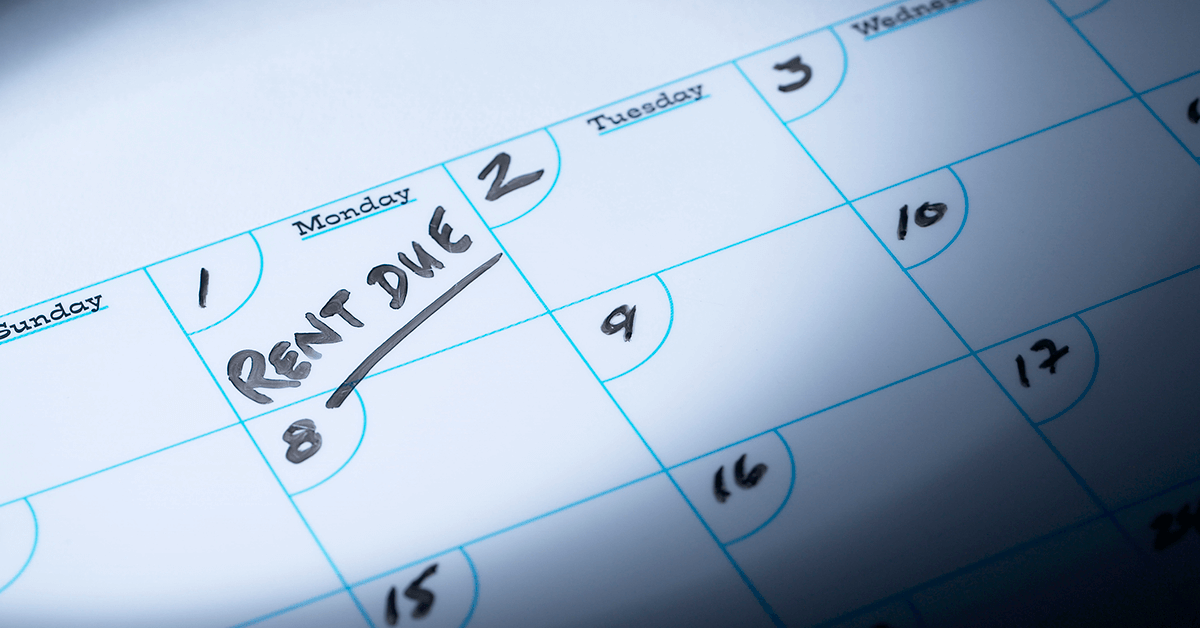
Finding rental assistance during COVID-19
Evictions have been stayed across the country during the COVID-19 (coronavirus) pandemic, but that doesn’t comfort those who can’t afford their rent due to coronavirus.
Tenants living in privately owned apartments or homes that do not receive any government subsidies are still required by law to pay the rent, regardless of their financial situation and how it may or may not have been impacted by the outbreak.
That means, even if you are a furloughed employee, or you have lost your job and are now stuck at home collecting unemployment, you still have to pay the rent each month when it is due.
Most people have complied so far. According to a report in the Miami Herald 55,000 renters in South Florida paid at least a portion of their rent, but concerns were mounting as May approached.
Still, according to a report in Bisnow, more renters paid their rent in May than in April, based on data collected by the National Multifamily Housing Council which stated that 80.2 percent of apartment households paid all or some of their rent in May.
That’s a two percent uptick from April, but is still a 1.5 percent drop from May 2019.
However, paying the rent – as the unemployment rate skyrockets to levels not seen since the Great Depression – is going to grow increasingly harder beginning in June, even as states slowly start to try to reopen their economy.
Many cities have turned to rental assistance programs in early May to try and stem the tide of renters being unable to afford their rents.
In Houston, the City Council approved a $15 million assistance program that also included an additional $8 million for Housing and Urban Development (HUD).
Philadelphia announced the launch of an emergency rental assistance program that is intended to keep at least 3,000 residents who cannot afford their rent in their homes.
The city of Daytona Beach, Fla. is working with the Central Florida Community Development Corporation and the Mid-Florida Housing Partnership Corporation to help income eligible residents receive rental assistance, capped at $3,000 per household for a maximum of two months’ rent.
San Antonio had previously created a COVID-19 emergency assistance fund and added an additional $350,000 to it in early May to assist renters.
On the federal level, Ohio Sen. Sherrod Brown introduced the Emergency Rental Assistance and Rental Market Stabilization Act that would earmark $100 billion for Americans who needed assistance paying rent during the pandemic.
“We cannot leave behind the millions of Americans who could be facing eviction without #RentReliefNow,” he wrote in a tweet. “I’m introducing a bill that provides $100 billion in emergency rental assistance to help people pay their rent during and after this pandemic.”
The proposal, if passed, would direct HUD to oversee the distribution of the funds to low-income households during the coronavirus pandemic.
The National Low-Income Housing Coalition, which supports the proposal, told CBS-10 in Columbus that state and local governments would be able to distribute the money to offer short- and medium-term rental assistance for up to two years, or six months of back rent and late fees. The fund will be paid directly to the housing provider on behalf of the tenant.
The plan caps rent assistance at 120 percent of fair market rents and 40 percent of the $100 billion must be used for households with an income equal-to-or-less-than a third of the median for the area.
Additionally, two percent of the money must be allocated to benefit Native American tribes and Native Hawaiians.
If this proposal is approved, HUD would have to allocate at least $50 billion to states and communities within one week of it being signed into law, and the states and local governments would then distribute it to those in need within 30 days.
Time to Focus on Affordable Housing
Taxes on real estate are not the answer. Sign the petition calling on Congress to address our country’s housing shortage.





